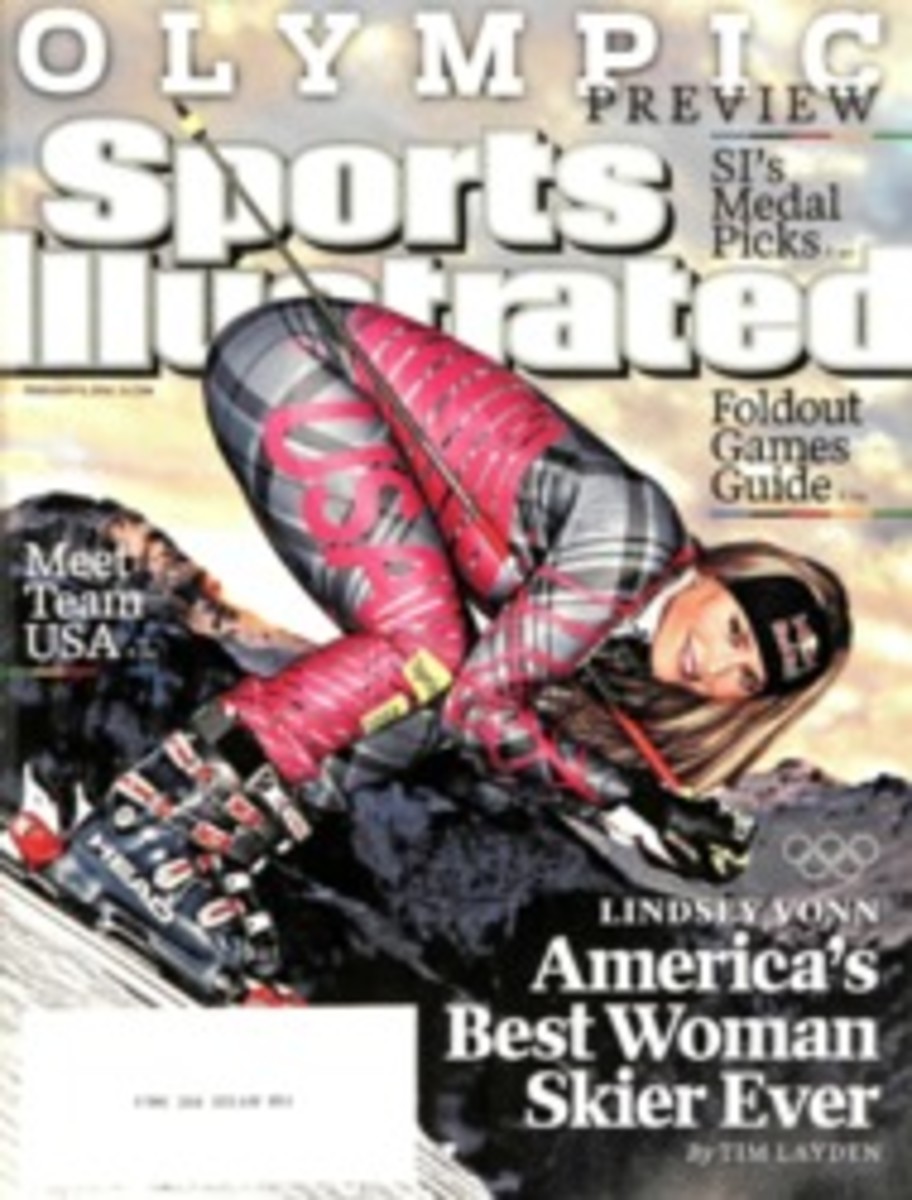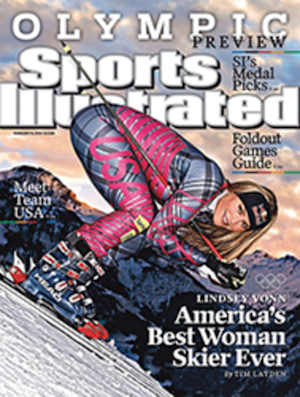
His 21,038,400 Minutes of Fame
Steve Sabol meticulously remembers the movie scenes that helped him reshape the image of the NFL ... and sports ... and storytelling, really. For instance, there was this one scene in the 1966 French film A Man and a Woman. A couple sits at a table. There is no dialogue at all, just music and a camera, going around them, leaving the viewer with the unmistakable knowledge that the man and woman are falling in love.
"I'm sitting there watching this," says Sabol, the president of NFL Films, "and I'm thinking, If you can show something as complicated as two people falling in love with just music and camera angles, well, just think about what you can do with football."
Well, just think about it. This Super Bowl Sunday, for the 40th straight year, Sabol and NFL Films will present Road to the Super Bowl, a cinematic story of the season. And after four decades just about anything you see—a Stalingrad documentary on the History Channel, an inspiring blend of music and pictures in, say, a Ron Howard movie, a particularly telling replay that makes you wonder, How did they have a camera there?—was probably inspired by NFL Films and, specifically, by the vision of Sabol.
Now 67, Sabol began as a football player himself—a moderately successful football player at Colorado College. He was so good at self-promotion even then that he was profiled in this very magazine in 1965. He called himself Sudden Death Sabol, and The Prince of Pigskin Pageantry, and he gave himself a fake background (announcing he was from a fictional place called Possum Trot, Miss.).
Yes, from the start Sabol saw football in artistic terms and himself as a piece of football pop art. He got much of that from his mother, Audrey, who ran the Philadelphia Art Alliance gallery and was one of the first in America to celebrate pop artists like Jasper Johns, Roy Lichtenstein and Wayne Thiebaud. From his father, Steve got his chutzpah. "Audrey, the guy paints American flags," Ed Sabol would mutter about Johns. "How is that art?" Ed sold overcoats, but in his younger days he had appeared on Broadway and kibitzed with the Ritz Brothers. Ed hated his job. He wanted to make movies, and he started by filming the football exploits of his only son.
In 1962, in one of those '60s stories that never could happen now, Ed Sabol (as president of Blair Motion Pictures, named after his daughter) bid $5,000 for the rights to that year's NFL championship game. Nobody offered more, and over a three-martini lunch Ed convinced commissioner Pete Rozelle that he was the man for the job.
Ed hired Steve ("From your grades my guess is all you're doing is watching movies and playing football anyway," he told his son), and together they tried anything they could imagine. They miked coaches. They put films together featuring nothing but football blunders.* They brought in narrator John Facenda—a deep-voiced Philadelphia newscaster who knew next to nothing about football. They hired Sam Spence, a former music teacher, to compose original songs with majestic names like Magnificent Eleven and Classic Battle.
*And MAN, did the NFL owners hate those Football Follies at first. ("You're making us look like chumps!") Then Johnny Carson began showing them on The Tonight Show, giving pro football a whole new kind of exposure.
At first, few noticed. NFL Films's "distribution" in those early years meant Steve Sabol taking his projector to Kiwanis Clubs up and down the East Coast. But the NFL bought Blair Motion Pictures, and Rozelle told the Sabols that they would help make the NFL the biggest spectator sport in America. They did.
Along the way, Steve found his storytelling voice. The field was a battleground. A quarterback, intoned Facenda, needed "a cool disregard for danger and the courage to take punishment." Sabol's lyrical nature even inspired him to write an epic poem: The Autumn Wind Is a Raider. "It's going to sound a little corny," he says. "But I have loved football as an almost mythic game since I was in the fourth grade. To me, the game wasn't even grounded in reality. The uniform turned you into a warrior. Being on a team, the mythology of physical combat, the struggle against the elements, the narrative of the game...."
Sabol admits he can go on like this for a while. Football deserved the boldest music, the widest range of camera angles, the most stirring words and the sharpest editing. Sabol remembered seeing the movie Duel in the Sun, remembered how the camera would jump from one detail to the next. So he would feature close-ups of Dick Butkus's muddy hands, the steam coming out of Ray Nitschke's mouth. Small details tell a big story. They were not present in sports documentaries before NFL Films. They sure are now.
Sabol's Road to the Super Bowl has won 23 Emmys. It has helped reshape the way people watch sports. But as the 40th edition is about to be unveiled, it is mostly just another chance for Sabol and NFL Films to tell football stories. "You know how I came up with the name Road to the Super Bowl?" he asks. "It's an homage to the old Bob Hope--Bing Crosby buddy movies—you know, like Road to Zanzibar or Road to Morocco."
Sabol laughs. "Can you tell?" he asks. "All I've done my whole life is go to movies."
Now on SI.com
Joe Posnanski has plenty more to say about Steve Sabol at SI.com/posnanski
These days when you watch just about anything, you are probably SEEING SOMETHING INSPIRED BY SABOL'S VISION OF THE NFL.
ILLUSTRATION
ILLUSTRATION BY DARROW

